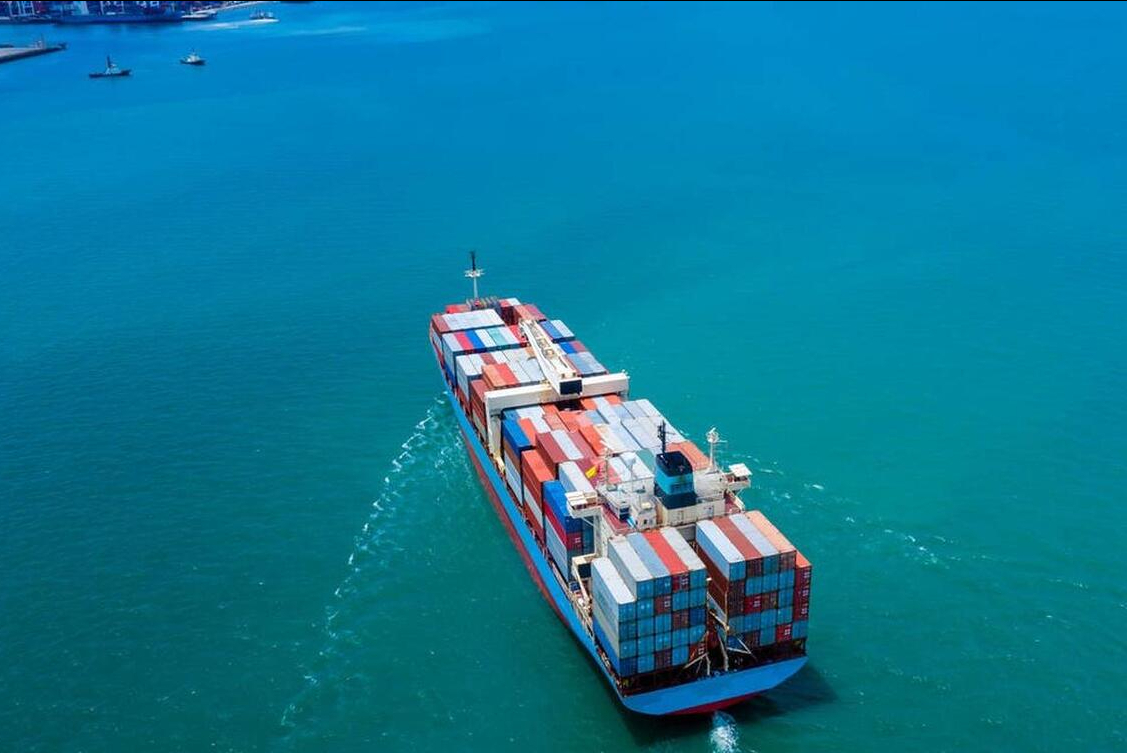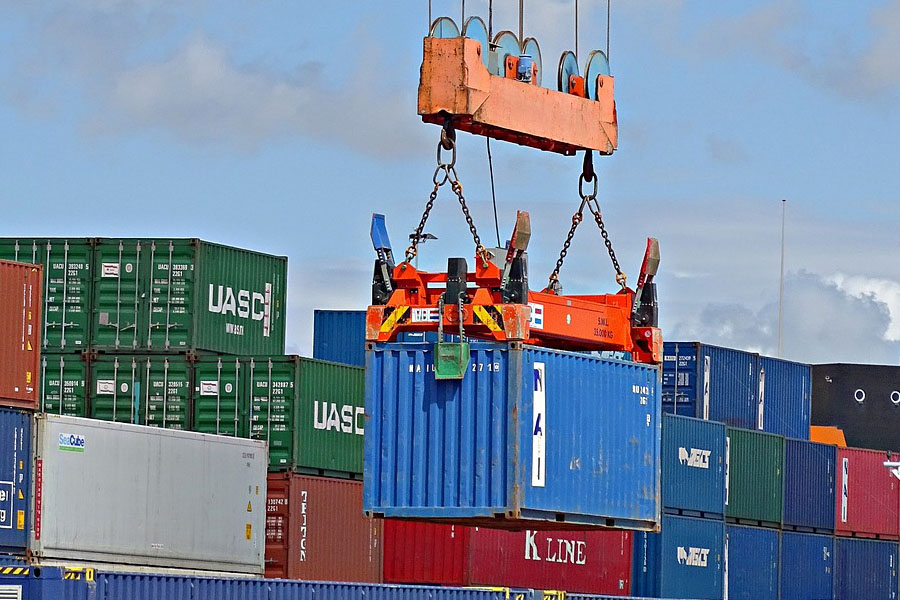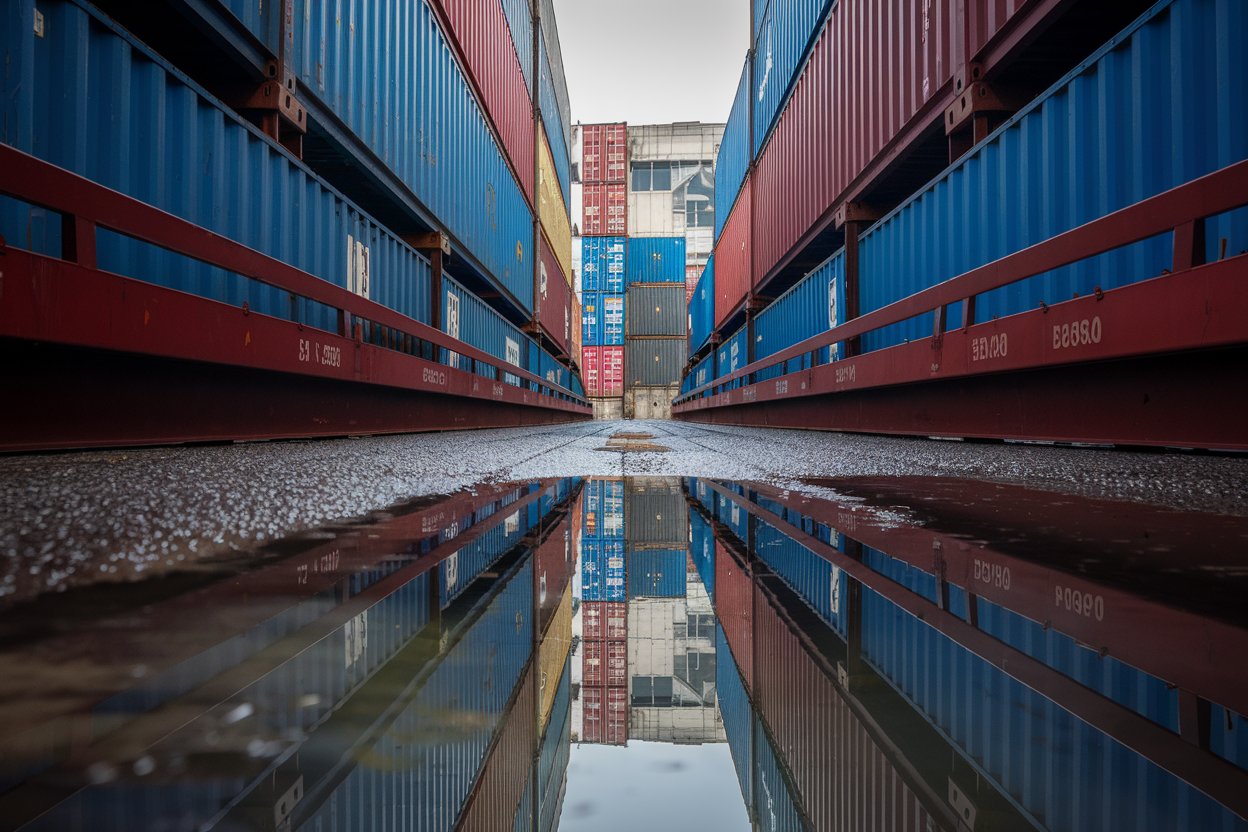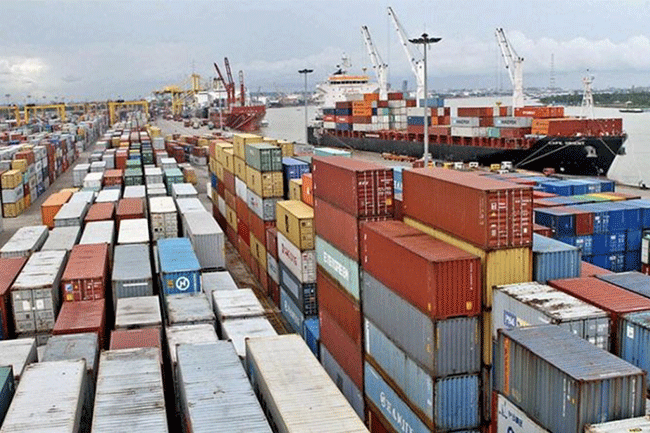- Shanghai Zhongshen International Trade Co., Ltd. - Two decades of trade agency expertise.
- Service Hotline: 139 1787 2118
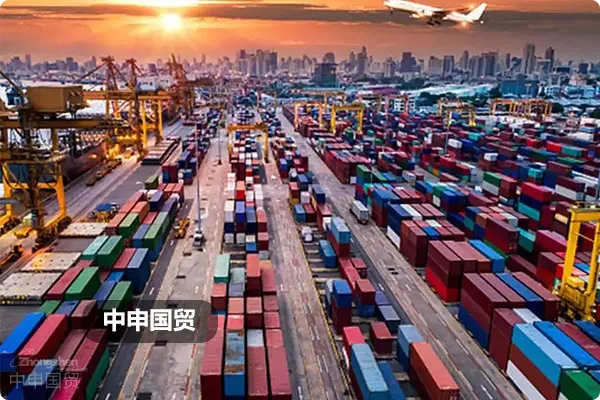
Contents
ToggleI. Three Key Changes in the 2025 Import Policy
According to the latest "Medical EquipmentCatalog (2025 Edition)", BeautyEquipment ImportsSpecial attention should be paid to:
- Equipment Attribute Identification:Radiofrequency and laser devices are uniformly classified as Class II medical devices, while those with energy exceeding 50W are upgraded to Class III.
- Enhanced Customs Inspection:The inspection ratio for beauty devices has been increased to 15% (only 8% in 2023).
- New Logistics Regulations:Equipment containing lithium batteries must provide UN38.3 certification, and cold chain transportation requires real-time temperature monitoring data.
II. Eight-Step Operational Process for Agency Import
Professionalforeign tradeStandard service process of an agency company:
- Phase 1: Qualification Review
- The importer is required to provide: Medical Device Business License (Class III requires a filing certificate).
- The manufacturer must provide: CE/FDA certification (starting from 2025, verification by a CNAS-accredited laboratory is required).
- Phase 2: Contract Signing
- Clarify the division of responsibilities under DDP/DAP terms
- Agreement on the Payment Method for the 3% Quality Bond
- Phase 3: International Shipping
- It is recommended to use air cushion vehicles + constant temperature containers for precision instruments.
- It is recommended to purchase transportation insurance covering 0.3% of the cargo value.
III. Three Key Points for Customs Declaration
In accordance with the requirements of Announcement No. 47 of the General Administration of Customs in 2025:
- Medical Device Attribute Confirmation
Please submit the "Product Intended Use Statement" and the "Technical Parameter Comparison Table" simultaneously to avoid classification disputes.
- Customs code selection
Common HS Codes for Beauty Devices Reference:
- 9018.9090 (General therapeutic equipment) tariff 8%
- 9018.2010 (Laser Therapy Apparatus) Tariff 12%
- The latest tax rebate declaration system in 2025 has achieved full - process electronicization, which is specifically divided into five steps:
The submission must include notarized translations of FDA/CE certifications, samples of Chinese warning labels, and electromagnetic compatibility test reports.
IV. Four Practical Strategies for Cost Optimization
- Tariff Planning:By utilizing the RCEP agreement tariff rates, the tax on Japanese-made equipment can be reduced to 5.8%.
- Logistics solutions:LCL shipping can save 35% on freight costs (when cargo value is <$100,000).
- Exchange rate lock:It is recommended to adopt a forward approach.FX Settlement AgencyHedging exchange rate risk
- Compliance management:Completed ahead of schedule.3CCertification can avoid an average of 23 days of customs clearance delays.
V. Analysis of Typical Risk Cases
Case 1:A Korean beauty device was mistakenly classified under small household appliances, resulting in a 200,000 yuan administrative penalty. Solution: Apply for a Customs Classification Advance Ruling.
Case 2:The German imported equipment was returned due to lack of radiation safety certification. Recommendation: Request the exporter to provide an IEC 60601-1 test report.
Professional foreign trade agency services can help importers reduce customs clearance time by 40% and lower overall costs by 15-20%. It is recommended to choose an agency company with medical device import qualifications and establish a long-term customs compliance cooperation mechanism.
Related Recommendations
? 2025. All Rights Reserved. Shanghai ICP No. 2023007705-2  PSB Record: Shanghai No.31011502009912
PSB Record: Shanghai No.31011502009912
